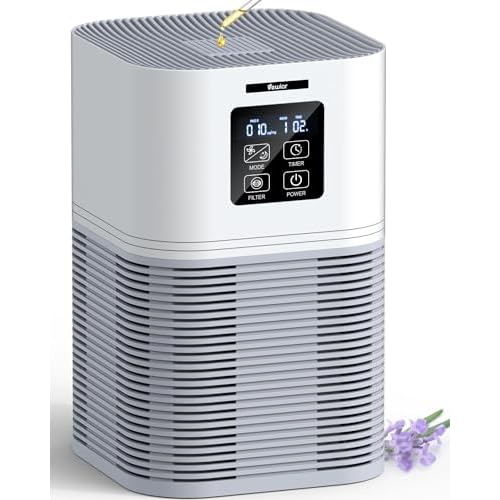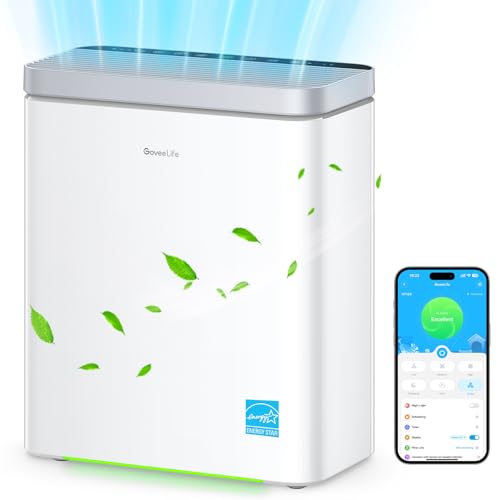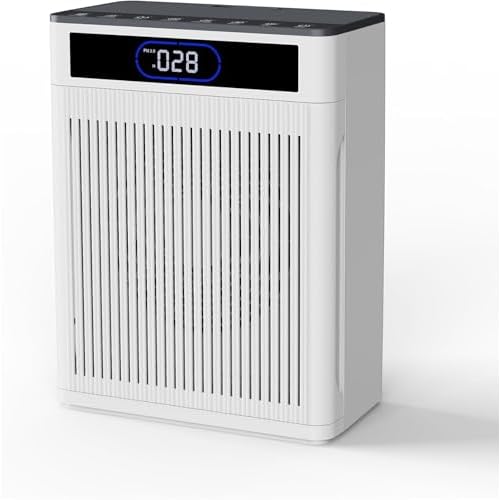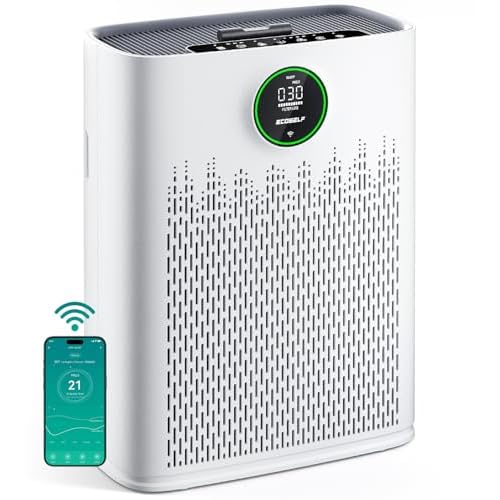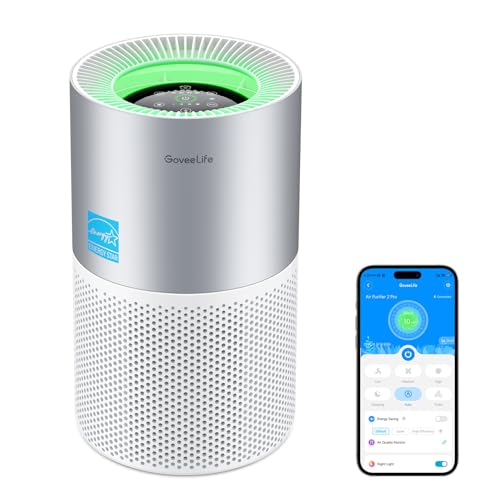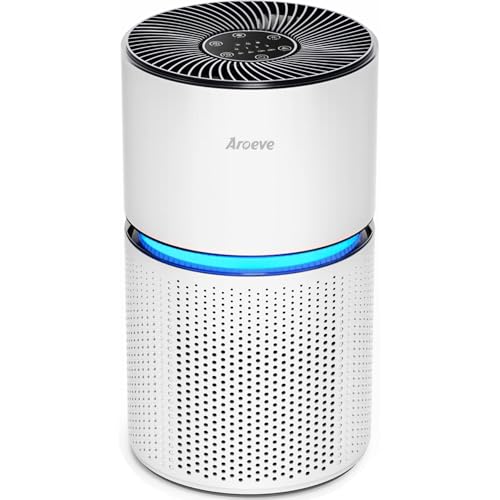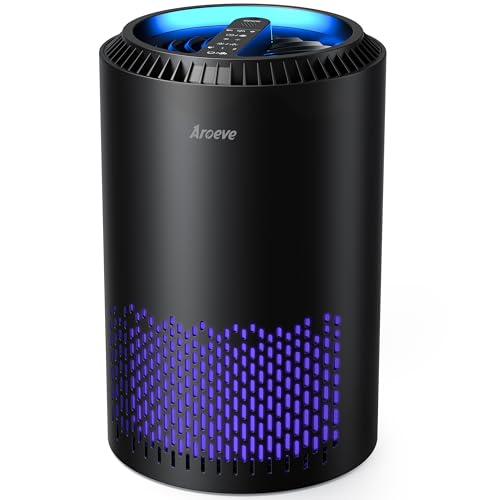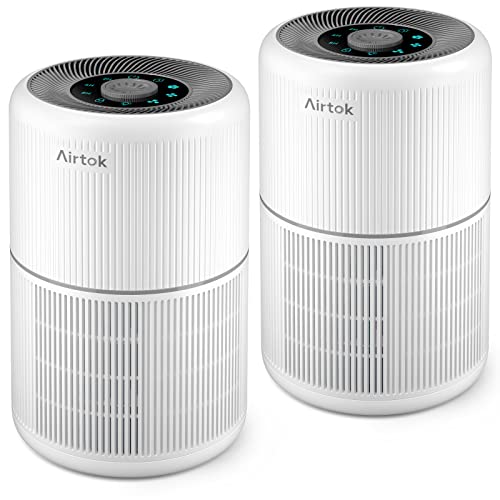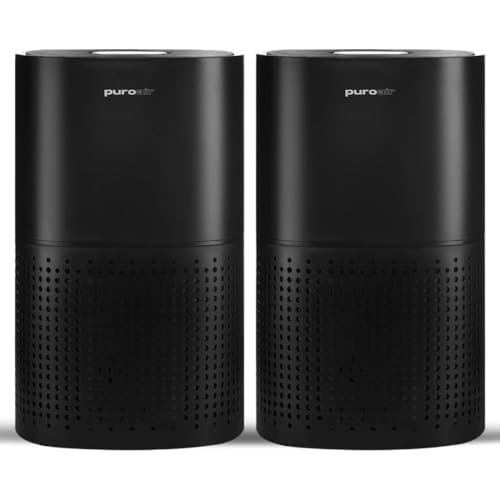How Do Robotic Vacuum Cleaners Work?

Have you ever wondered how those sleek robotic vacuum cleaners effortlessly glide around your home, keeping your floors tidy with minimal effort on your part? These intelligent gadgets seem to have a mind of their own as they navigate through rooms, avoiding obstacles and ensuring a thorough clean. But what lies beneath their smooth exteriors that enables them to perform such tasks autonomously and efficiently? Understanding the intricate workings of robotic vacuum cleaners can shed light on the fascinating technology that powers these modern household helpers.
Overview of Robotic Vacuum Cleaners
Robotic vacuum cleaners streamline household chores by autonomously navigating and cleaning floors efficiently. These handy devices are equipped with sensors that detect obstacles in their path, allowing them to move around furniture and other objects with ease. You can simply press a button or set a schedule, and your robotic vacuum will take care of the rest, saving you time and effort.
One of the key features of robotic vacuum cleaners is their compact size, making them ideal for reaching tight spaces under furniture and in corners. They use brushes and suction power to lift dirt, dust, and debris from various floor surfaces, including hardwood, tile, and carpet. With their sleek design and quiet operation, you can let your robotic vacuum run while you relax or focus on other tasks.
Thanks to advancements in technology, many robotic vacuum cleaners now come with WiFi connectivity and smartphone apps, allowing you to control them remotely. Some models even have mapping capabilities, enabling them to create a virtual floor plan of your home for more efficient cleaning. With a robotic vacuum cleaner, keeping your floors tidy has never been easier.
Sensing and Navigation Technology
To efficiently navigate and clean your floors, robotic vacuum cleaners rely on advanced sensing and navigation technology. These devices are equipped with various sensors such as infrared sensors, laser sensors, and cameras to map out your home and detect obstacles in real-time. The infrared sensors help the robot detect drop-offs, preventing falls down stairs or ledges. Laser sensors, such as LIDAR (Light Detection and Ranging), create detailed maps of the surrounding environment, allowing the vacuum to move methodically and avoid collisions with furniture or walls.
Additionally, some robotic vacuums utilize cameras to provide visual recognition and further enhance navigation capabilities. These cameras can identify objects in their path, distinguish between different surfaces, and even detect areas that require more intensive cleaning. By combining these sensing technologies, robotic vacuum cleaners can efficiently maneuver through your home, ensuring thorough cleaning while avoiding potential hazards.
This advanced technology enables the robot to adapt its cleaning pattern based on the layout of your space, resulting in a more effective and convenient cleaning experience.
Cleaning Mechanisms and Suction Power
Utilizing a combination of brushes and strong suction, robotic vacuum cleaners efficiently lift dirt and debris from your floors. These machines are equipped with rotating brushes or rubber extractors that loosen dirt and hair, making it easier for the powerful suction mechanism to pull them in. The brushes work to agitate and sweep debris from various floor surfaces, ensuring a thorough cleaning process.
The suction power of robotic vacuums is a crucial factor in their effectiveness. Most models feature multiple suction levels that can be adjusted based on the cleaning needs or floor type. This variability allows the vacuum to adapt to different surfaces, from carpets to hardwood floors, ensuring optimal cleaning performance.
The efficiency of the cleaning mechanisms and suction power directly impacts the vacuum’s ability to pick up debris of various sizes, from fine dust to larger particles. By combining robust suction with specialized brushes, robotic vacuums can effectively clean different areas of your home, providing you with a convenient and hassle-free cleaning solution.
Battery Life and Charging Capabilities
For optimal performance, ensuring a reliable battery life and efficient charging capabilities is essential for your robotic vacuum cleaner. The battery life of robotic vacuum cleaners can vary depending on the model and usage. Typically, these devices can run for about 60 to 120 minutes on a single charge. It’s crucial to consider the size of the area to be cleaned and adjust cleaning schedules accordingly to ensure complete coverage within the battery’s capacity.
When it comes to charging capabilities, most robotic vacuum cleaners are designed to automatically return to their charging stations when the battery is low. This feature ensures that the device is always ready for the next cleaning cycle. Additionally, some models come with quick-charging options that can reduce the charging time significantly.
To maximize battery life, it’s advisable to follow the manufacturer’s guidelines for charging cycles and battery maintenance. Proper care and regular maintenance can help prolong the lifespan of the battery and ensure consistent performance from your robotic vacuum cleaner.
Trending Products


